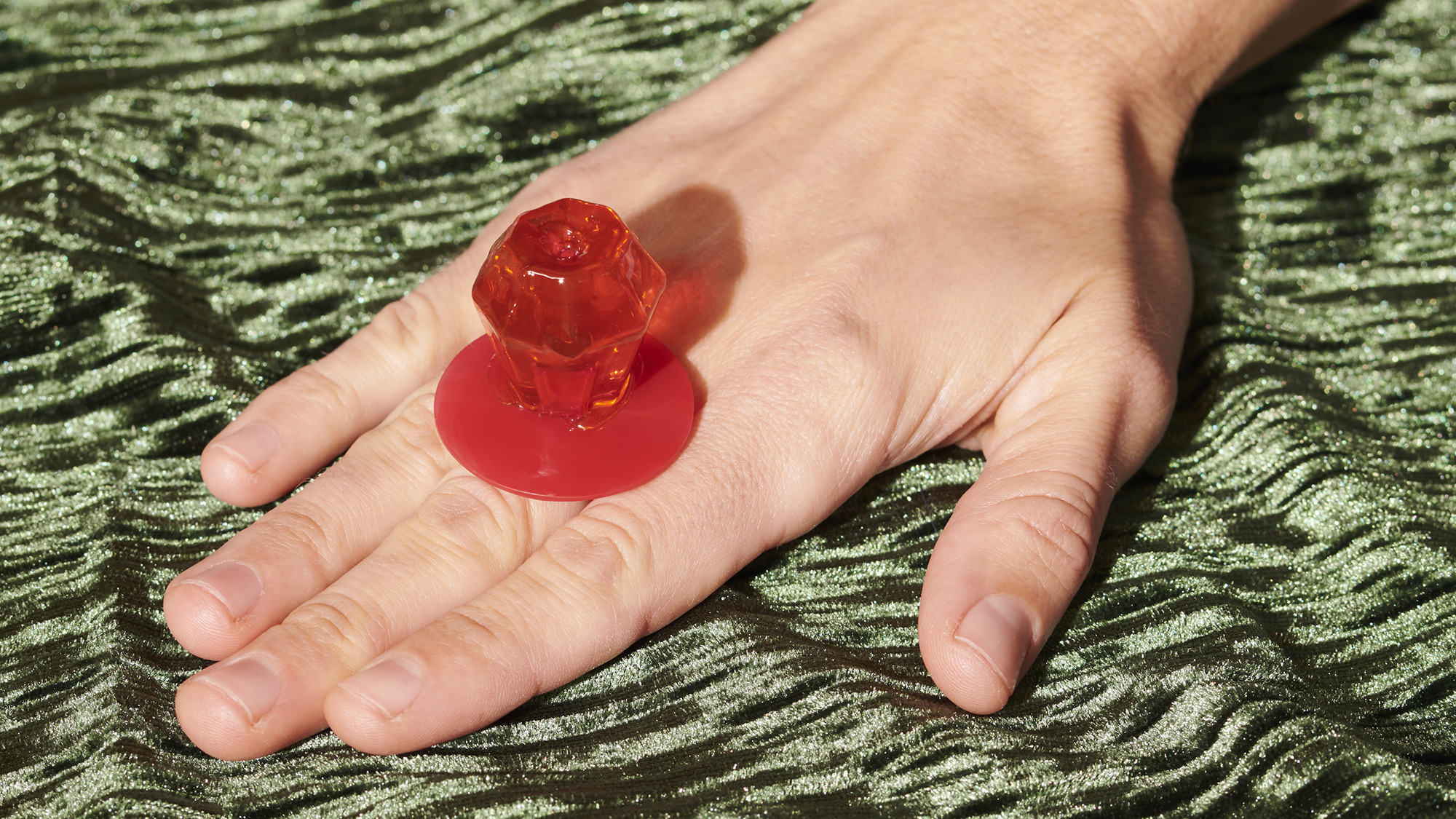The Food and Drug Administration is banning the use of Red No. 3, the petroleum-based dye that gives many popular foods and drinks their recognizable, vibrant hues. Although some companies already began phasing out the additive prior to the FDA’s January 15 announcement, the synthetic ingredient is still found in over 3,000 products like fruit juice, beef jerky, sodas, and even some over-the-counter medications.
Red No. 3, chemically known as erythrosine, was first introduced into foods in 1907. Companies subsequently added it to thousands of products to boost their colors over the decades, often in snacks like ice cream and candy marketed directly to children. Some of the earliest calls for Red No. 3’s removal date back to the 1980s, when a research study indicated the synthetic could be carcinogenic in rats after ingesting it in large enough amounts. There is no definitive link between the additive and cancer in humans, but consumer advocacy groups continued to push for its prohibition.
The FDA decided to not allow Red No. 3 in cosmetics such as lipstick in 1990, but declined to implement a similar restriction for food and drinks at the time. In 2021, a study from California’s Office of Environmental Health Hazard Assessment concluded artificial dyes like Red No. 3 may be linked to behavioral difficulties in children, including attention and memory issues. Renewed efforts to federally ban the additive began the following year, led by the Center for Science in the Public Interest (CSPI). California subsequently banned the chemical in 2023 while multiple other state legislatures introduced similar bills. Wednesday’s announcement, however, finally prohibits it at the federal level. Erythosine is already restricted in China, the European Union, and the UK, and its use is limited in Australia and New Zealand.
“At long last, the FDA is ending the regulatory paradox of Red 3 being illegal for use in lipstick, but perfectly legal to feed to children in the form of candy,” CSPI president Peter Lurie said in a statement. “The primary purpose of food dyes is to make candy, drinks, and other processed foods more attractive. When the function is purely aesthetic, why accept any cancer risk?”
The FDA’s decision gives companies two deadlines to reformulate their products, depending on their classification. Food and drinks must no longer include Red No. 3 by January 15, 2027, while medications must do the same by January 18, 2028. There are still 36 FDA-approved color additives, nine of which are synthetic. Some, such as Red No. 40, have also received scrutiny for potential health harms.
The regulatory process for assessing health risks in food additives often takes years, if not decades, to complete. When pressed on such timelines during a Senate hearing in December 2024, FDA Commissioner Robert Califf reiterated the issue isn’t a matter of corruption or incompetency, but federal support.
“We have repeatedly asked for better funding for chemical safety … Please look at our request for funding for the people who do this work,” he said at the time. “[R]emember that when we do ban something, it will go to court, and if we don’t have the scientific evidence … we will lose in court.”
President-elect Trump’s nominee to lead the Department of Health and Human Services, Robert F. Kennedy, Jr., has threatened to eliminate much, if not all, of the FDA’s operations.
“If you work for the FDA and are part of this corrupt system, I have two messages for you: 1. Preserve your records, and 2. Pack your bags,” he wrote on social media in October 2024.
Representatives for the National Confecturers Association (NCA), a prominent trade group, meanwhile, confirmed on Wednesday that its members will comply with the FDA’s guidance and safety standards.
“Our consumers and everyone in the food industry want and expect a strong FDA, and a consistent, science-based national regulatory framework,” they said in a statement. “We have been saying for years that [the] FDA is the rightful national regulatory decision maker and leader in food safety.”

